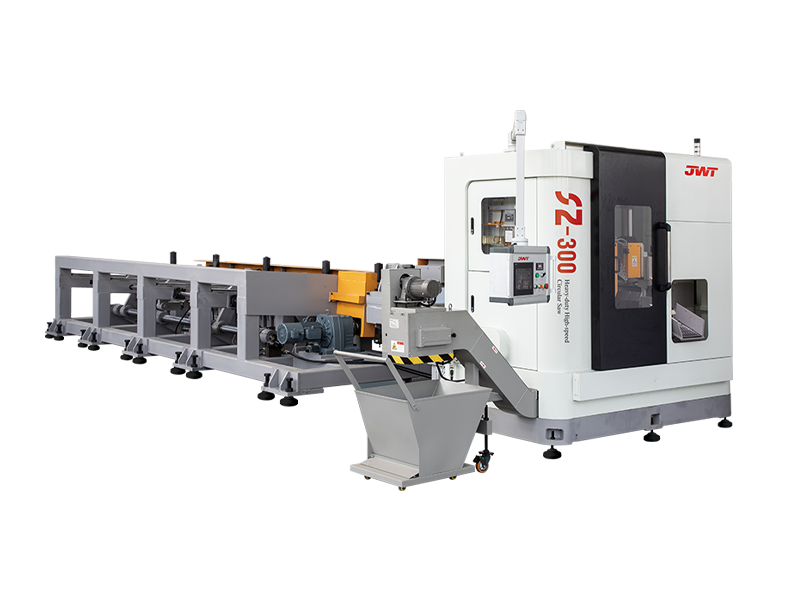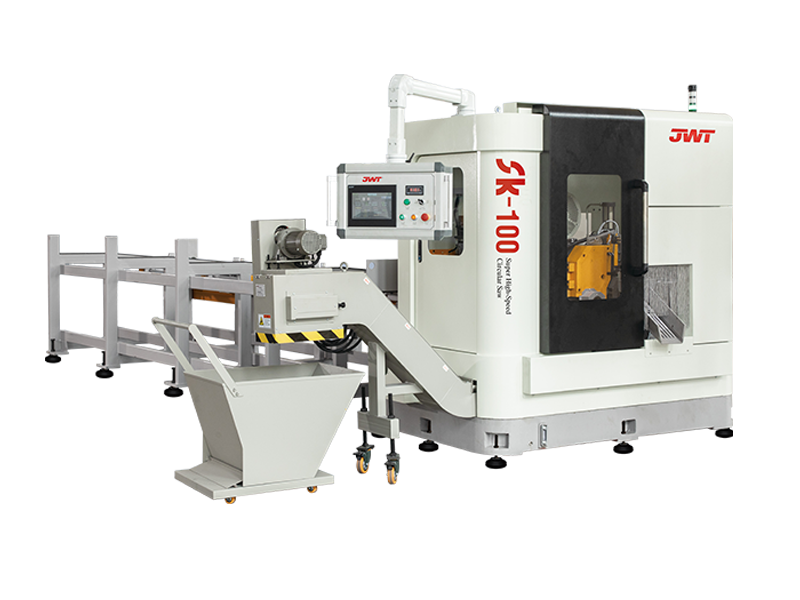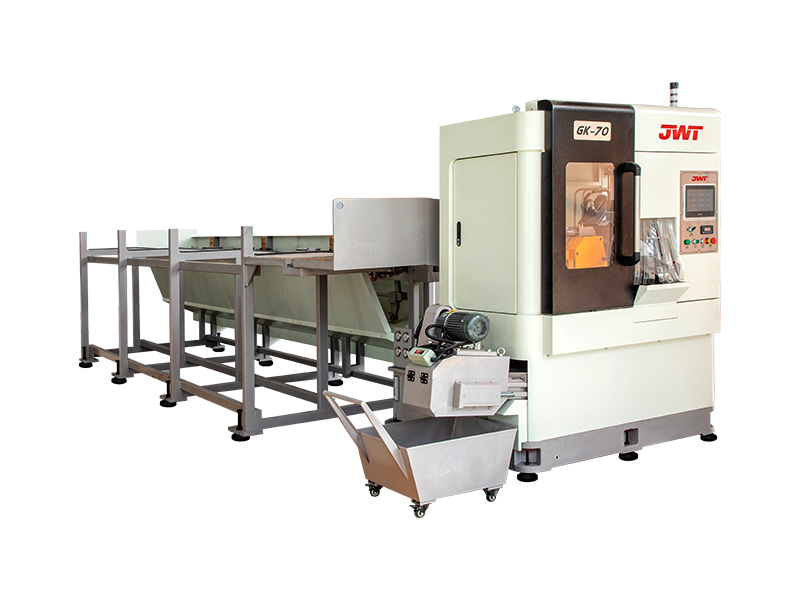What is the point of a circular saw?
A circular saw is a powerful and versatile tool used for cutting various materials with a rotating, toothed blade. Its primary purpose is to make fast, accurate, and straight cuts in a wide range of applications, from construction and woodworking to DIY projects.
Key Applications of a Circular Saw
-
Cross-cutting and Rip-cutting: This is the most common use. Circular saws excel at cutting across the grain (cross-cutting) and along the grain (rip-cutting) of wood, plywood, MDF, and other sheet goods. This makes them indispensable for framing, deck building, and creating furniture components.
-
Breaking Down Sheet Materials: For large sheets of plywood or OSB, a circular saw provides a portable and efficient way to cut them into more manageable sizes, especially when a table saw isn't practical or available.
-
Angle Cuts (Bevels): Most circular saws allow the blade to be tilted, enabling users to make precise angle cuts for miter joints, roof rafters, or decorative trim. This adjustability significantly expands their utility.
-
Plunge Cuts: With careful technique, a circular saw can be used to make plunge cuts, where the blade starts in the middle of a workpiece rather than from an edge. This is useful for creating openings in floors or walls, or for specific joinery tasks.
-
Cutting Diverse Materials: Beyond wood, specialized blades allow circular saws to cut through a variety of materials, including:
-
Metals: With an abrasive or specific metal-cutting blade, they can cut through rebar, metal studs, and even some types of steel.
-
Masonry and Tile: Diamond-tipped blades enable cutting through concrete, brick, ceramic tiles, and pavers.
-
Plastics: Appropriate blades can cleanly cut PVC, acrylic, and other plastic sheets.
-
Advantages of Using a Circular Saw
-
Portability: Unlike stationary saws, circular saws are handheld and relatively lightweight, making them ideal for job sites, working on large materials, or projects where mobility is key.
-
Speed and Efficiency: Their powerful motors and sharp blades allow for quick material removal, significantly speeding up cutting tasks compared to hand saws.
-
Versatility: As highlighted above, the ability to change blades and adjust cutting angles makes them incredibly adaptable to different materials and project requirements.
-
Accuracy: When guided properly with a fence, straight edge, or track system, circular saws can deliver remarkably accurate and straight cuts, crucial for professional results.
-
Cost-Effectiveness: For many DIYers and even some professionals, a circular saw offers a more affordable entry point into power cutting tools compared to a table saw or miter saw, while still providing significant capability.
Types of Circular Saws
While the basic function remains the same, circular saws come in various forms to suit different needs:
-
Sidewinder (Inline) Saws: These are the most common type, with the motor positioned to the side of the blade. They are generally lighter and more compact.
-
Worm Drive Saws: Known for their high torque and durability, worm drive saws have the motor positioned behind the blade, driving it via a worm gear. They are often favored for heavy-duty applications and offer a different balance and feel.
-
Hypoid Saws: Similar to worm drive, but use hypoid gears, offering some advantages in terms of efficiency and maintenance.
-
Cordless Circular Saws: Battery-powered versions offer unmatched portability and convenience, ideal for remote work or areas without power outlets. Advances in battery technology have made them increasingly powerful.
-
Track Saws: Essentially circular saws designed to run on a precise guide rail or track, offering the accuracy of a table saw for sheet goods in a portable package.
In essence, a circular saw is a foundational tool for anyone involved in cutting tasks, offering a balance of power, precision, and portability that makes it invaluable for a vast array of projects.




 中文简体
中文简体 русский
русский







